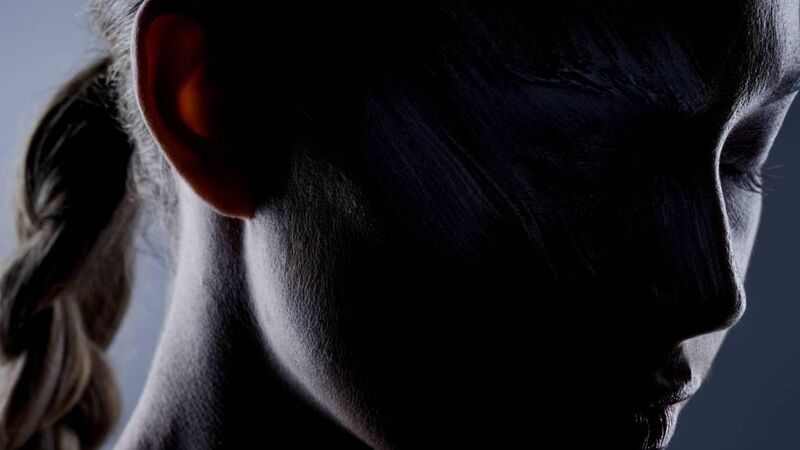Is this why young adults are tense, stressed, and anxious?

Humans thrive on a sense of purpose and identity in society, but what happens when all our needs are met? Picture iStock/posed
John B Calhoun was an ethnologist (someone who studies societies and cultures) who conducted a study of the social behaviour of captive mice in a community he designed as a kind of rodent utopia.
Afterwards, some experts believed the results contained thought-provoking lessons for human society, overcrowding, and how challenge and some hardship is required to spark fire in the human belly.
OK, so here’s the context – Universe 25. This, by the way, is an extremely simplified version of Calhoun’s study.
Between 1968 and 1970, Calhoun carried out a behavioural study of captive mice in a nine-square foot enclosure he designed as a ‘rodent utopia’ and what was referred to as Universe 25.
Universe 25 had no predators and was plague-free. There was unlimited food, water and the luxuries (equivalent to modern human life) that mice enjoy.
On Day One, four pairs of healthy mice were set loose into the pen. By day 315, Universe 25 contained 620 mice.
Despite an abundance of space, the mice started crowding into certain areas and eating from the same food sources. Suddenly, there was a drop in mating. The birth rate plummeted to a third of its previous level.
Next, one third of the mice emerged as socially dominant. The rest became less socially adept than the previous generation. Bonding skills diminished.
The outcast males at the very bottom of the social pecking order were spurned by females. They stopped mating and wandered away from the larger groups to eat and sleep alone and sometimes fight among themselves.
Males in the beta category grew timid and passive and were often attacked. Meanwhile, the alpha males became more and more aggressive, often launching into violence for no clear reason or apparent motive.
As males increasingly abandoned their traditional roles, more females were left to protect their nests. Many of these adopted more aggressive forms of behaviour, which would sometimes spill over into violence toward their young.
Other females would refrain from maternal duties altogether and withdraw from further mating, which Calhoun attributed to the breakdown of social roles and all the over-clustering.
By Day 560, population growth had ceased and Universe 25 was sliding towards extinction.
In the middle of all this anti-social behaviour, belligerence, violence and lack of procreation, the last generation of mice reached adulthood. These had had no role-modelling in traditional mating/procreation, parenting or territory marking. They spent all their waking hours in seclusion from other mice, calmly eating, drinking and grooming themselves. Calhoun called them The Beautiful Ones.
Calhoun said that the rodent utopia was now in its death phase. The first stage was characterised by this loss of purpose, with lackadaisical Beautiful Ones experiencing no desire to mate/procreate, raise their young, mark territory, or play any role in society.
The second phase was the end of life in the pen, despite the continued abundance of food, water and luxury, the Beautiful Ones just died out.
Today, more than 50 years after Calhoun’s study, there are growing concerns, backed up by some research, about a not-insignificant proportion of the 20-30-year-old adults reared in the abundant, safe, nanny-state that now constitutes quite a bit of modern Western society.
It is a society which prioritises human and civil rights and the provision of a welfare safety net. Every mod-con is available.
Many offspring are reared by a lawnmower parenting style characterised by eager-to-please parents, little discipline, no inculcation of the need to give back, and instant gratification in terms of food, drink, entertainment, access to sporting or social events, and unlimited screen time away from inter-personal activities.
Quality education, from pre-school all the way through to undergraduate third-level, is both a right and easily accessible in many countries.
Yet a significant number of our 20-29 year-olds are now self-reporting psychological or emotional problems.
Many older adults would confirm a sense of ‘drift’, lack of drive, and deep entitlement in those younger adults who have grown up in our abundant, rights-orientated, satiated society. That many also don’t seem as interested as previous generations in the traditional goals of getting married and having a family.
There’s been a steady rise in pointless, anti-social highly aggressive/violent behaviour in young males in Ireland - the unprovoked attacks on innocent passers-by or on tourists, for instance.
Research also warns of rising aggression levels in young females. Over the past three decades, the number of young women being convicted of violent crime in some western societies has risen noticeably.
According to a 2017 study, the female global prison population has surged by more than half since 2000. Females may still account for fewer than 10% of those in jail today, but their numbers are growing faster than at any other time in history.
Calhoun believed that, like mice, humans thrive on a sense of purpose and a sense of identity in society. We need tension, stress, anxiety, and a struggle to survive, so when all our needs are met, life ceases to have purpose and the individual dies in spirit.
From Calhoun’s point of view, human society may be vulnerable to the same social changes that led to the extinction of Universe 25.
Is it just me, or do humans and mice seem scarily alike when Calhoun’s research is compared with today’s Western societies?







 App?
App?




